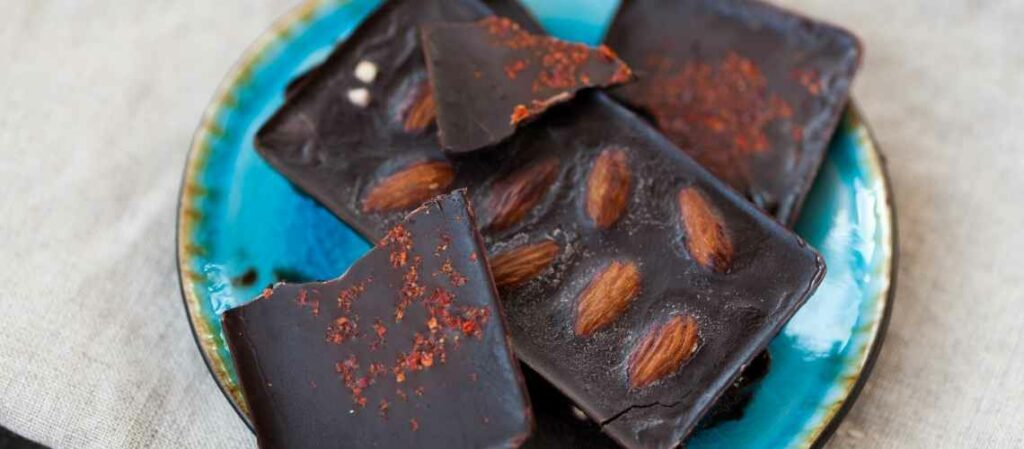Plant-based leather alternatives have many advantages over their animal-derived counterparts. They are waste-reducing, vegan-friendly, and environmentally friendly. Moreover, these materials have a low cost and are widely available. Here are some of them: Pineapple leaves, PU, and Cork.
PU
PU is a type of plastic that is used in the production of many materials. It can be either flexible or rigid. Its versatility means that it can be used in a variety of applications, including coatings, adhesives, and insulating foams. Another benefit of PU is that it does not contain plasticizers.
Unlike conventional leather, which comes from animal skins, PU is made from plant material. This means that it is not biodegradable. It is made from plant-waste and renewable raw materials. The process also doesn’t require any additional resources. It also does not contain heavy metals or toxins.
While PU leather is a good option for many applications, it is not the best choice for everyone. Unlike natural leather, PU leather doesn’t cause allergic reactions and is not made from animals. As a result, PU leather is not a good option for the environment. Therefore, it is important to choose an alternative if you are concerned about the environmental impact of PU leather.
PU leather
PU leather is a synthetic alternative to animal-based leather. While it may not be as durable as real leather, it is environmentally friendly. It is also less expensive. It is made using water-based polyurethane resin, which is pollution-free and contains zero volatile organic compounds.
The downside of PU leather is that it lacks the natural luster and character of leather. Over time, it will start to crack and fade, and is not as attractive as genuine leather. It is also unlikely to last as long as a leather handbag. Genuine leather tends to develop a beautiful lustre and can be used for many years. It is also recyclable, so it is a good alternative for eco-conscious consumers.
While many vegan leather products are made of PU leather, they are not the same. While some are made of plant-based alternatives, they often have a chemical smell and release microplastic pollution into the environment. In addition, fake leather products also release toxins into the environment. In fact, 13 tons of artificial plastic fibers end up in the ocean every year.
Cork leather
Cork leather is a natural, vegan alternative to conventional leather. Cork, which is made from the outermost cells of the cork oak tree, has been used for centuries. This beautiful material is waterproof, durable, and easy to clean. It also comes in a wide range of colors. And as a bonus, it is completely sustainable.
Cork is 50% air, making it a very light and pliable material. This makes it perfect for tote bags. Its honeycomb structure also makes it resistant to water and flames. It is also highly durable and soft to the touch. In addition, it can be easily sewed. This makes it a good choice for tote bags and other bags that need to be strong and durable.
Pineapple leaves
Plant-based leather is an environmentally-friendly alternative to animal-based leather. Animal-based leathers often contain harmful chemicals and heavy metals, and have high carbon footprints. Fake leather, on the other hand, usually uses petroleum as its base, which can have negative environmental impacts. Plus, pineapple leaves are often wasted, making the production of vegan leather an excellent way to save natural resources.
Pinatex is one example of vegan leather made of pineapple leaves. The nonwoven material is made from natural pineapple leaf fibers, and it is water-resistant and durable, passing international standards. It has the feel and look of luxurious leather, and is resistant to wrinkling and pilling.
Cactus skin
Vegan leather made from cactus skin is an eco-friendly material that doesn’t require any additional resources. The plant that produces this material is called the nopal cactus, and it grows in abundance across Mexico. It is a biodegradable and organic material that can be used in fashion, furniture and car interiors. The plant also produces very little waste and requires less water than traditional leather. This material is water-resistant and abrasion-resistant, which makes it ideal for use in car interiors.
The process to make vegan leather from cactus skin started in Mexico, where Adrian Lopez Velarde and Marte Cazarez first developed a process for creating this unique leather. Their process uses mature leaves from the cactus plant and then leaves them out to dry for three days. This method of dyeing creates a beautiful, natural finish for vegan leather that is certified organic and can hold up to nearly a decade of use.
MONTHLY WINE SAVINGS
Subscribe & Save
By signing up to our monthly mailing list you are welcoming the latest news, wines and savings directly into your inbox.



